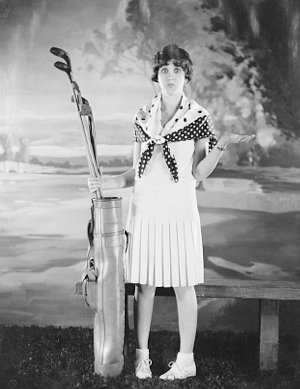Red Cell Innovation Inc. helps our clients solve business problems with technical solutions, from custom machinery to e-commerce.
When creating a new software application, website, or mobile app for a small business, often some creative materials such as a logo, web design, or user-interface is required, and it’s time to reach out to design professionals.
Where to Start
Before asking one or more designers to submit designs, time should be taken to write a solid design specification, sometimes called a design brief or creative brief. The quality of designs received will be reflective of the quality of the brief.
The art of the brief is to give enough information to inspire the designer without inadvertently planting an idea that will limit or bias his or her creativity.
Writing a Brief
An Introduction
Explain what is being designed, and possibly why. How will it be used, and by whom? From where are we starting, and what does the finish line look like?
Be as specific as possible, e.g., “a logo for business cards and envelopes”, or “a control panel for a monitoring station”.
About the Client
Introduce the client and the nature of the client’s business. Consider concealing the client’s identity. This is not for fear that the designer will contact the client, but rather that he or she may encounter information that could steer the design in the wrong direction; for example seeing an old logo or web design that the client hates.
Tell the designer about the brand, especially if one has been well established. What colours does the client’s logo contain? Include any pertinent details about the client’s industry and even its competitors.
 Constraints
Constraints
List all established constraints to avoid wasted time. Stating that a website design must be high-contrast for accessibility, or no wider than 960 pixels will allow the designer to focus on only what is practical.
Directions
Brief the designer on the goals and target market for this design. Provide any available demographics if applicable.
Are there colours, or colour palettes to adhere to or to avoid? Or other traits, like “the client likes/hates rounded corners”. Choose your words carefully. Mentioning that the client hates rounded corners will help eliminate those designs before we even start, but saying that the client likes them could result in 25 designs, each with round corners.
“I’m not sure what I want, but I’ll know it when I see it” is a surprisingly common paradox. What values, feelings, or messages should the design convey? Are there themes to consider or avoid. Consider using metaphors or comparisons to express intangible traits. “Like that Mac guy in the Apple ad, but less of a jerk”, “more like the Beatles than the Rolling Stones”, or “smokes dope, but doesn’t inhale”.
Inspiration
Provide sources of inspiration. This should be as varied as the expectation of diversity.
If “the Victoria’s Secret website” is the only source mentioned, you will probably receive something that resembles the Victoria’s Secret website. If five different clothing websites are specified, each having its own style, the designer will be forced to get a sense of the client’s preference without fixating on one particular style.
If possible, detail about what or why the client likes about each: the typography of one site, the mood of another, the proportions of a third. Make note of any exceptions: “love the colours but it feels claustrophobic”.
Consider
Supply any elements that each design must include. If placeholders are to be used, they should resemble their final content in colours and proportions. For graphic design, supply any text that will certainly be present such as phone numbers or e-mail addresses. Request that any paragraph text be greeked, or direct them to http://lipsum.com so that evaluators will not be distracted by content.
If designs will/should contain photographs, markings, or drawings, supply a collection of images that the designer is allowed to use and make it clear that other images are not allowed. This keeps the designer focused on layout instead of image selection and likewise enables the client to focus on the designs instead of the photographs.
Evaluation is another topic, but whether the design will be evaluated and decided by committee, the boss, end-users, or third-parties, avoiding any possible biases or influences now, will avoid headaches later.
Design professionals of all media, be they graphic, architectural, interior, or industrial are susceptible to the same assumptions and biases as the rest of us. Approaching the task of procuring creative services methodically ensures miscommunication and unnecessary billed hours.
Acknowledgements
- First published in Moving Business Forward (Winter 2013).
- Photograph © 2012 Ron Harvey, used under license. Reproduction or redistribution is prohibited.
